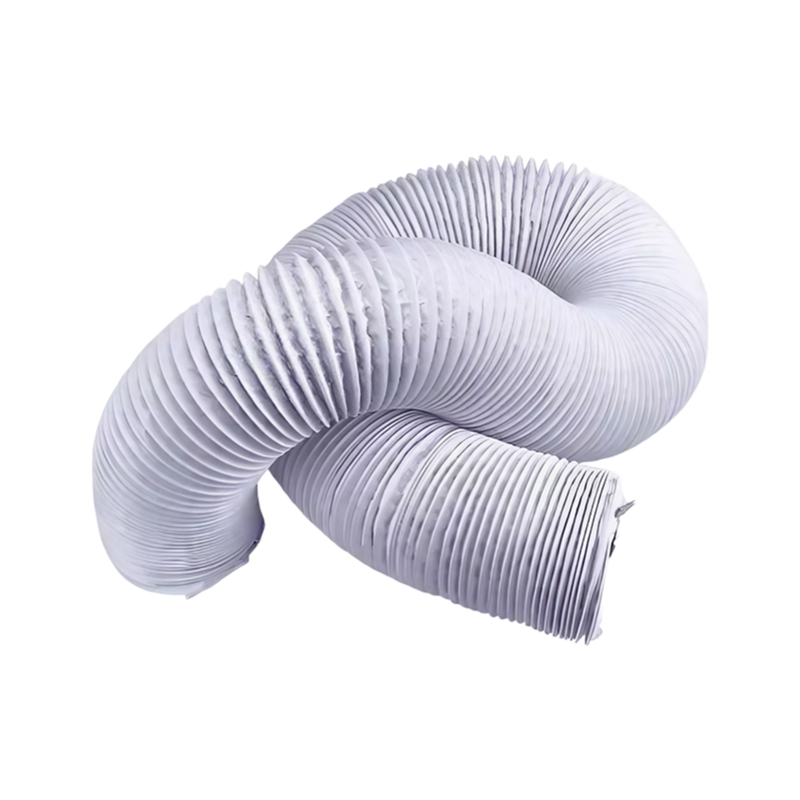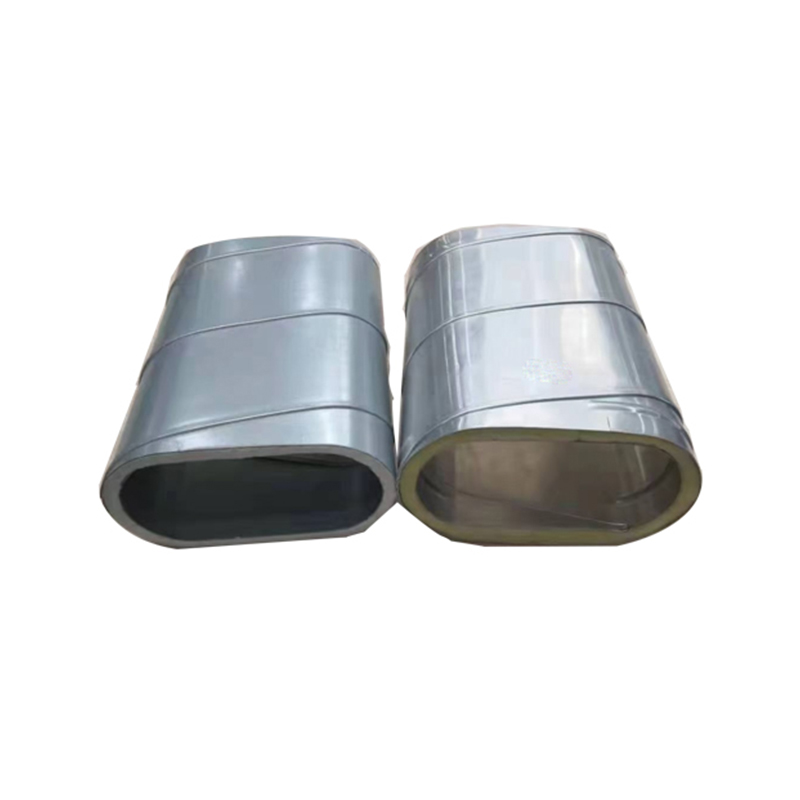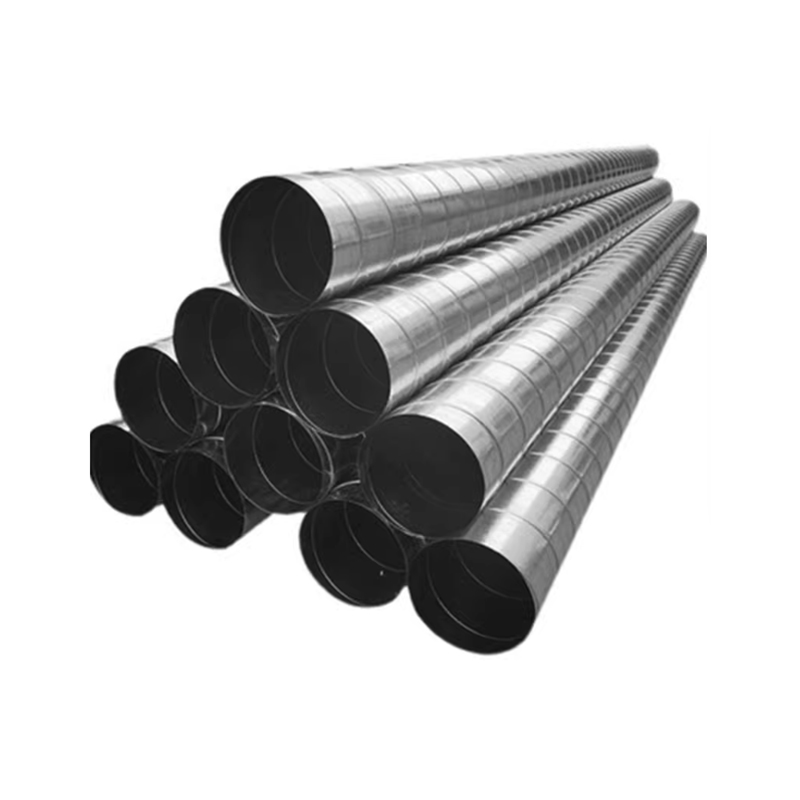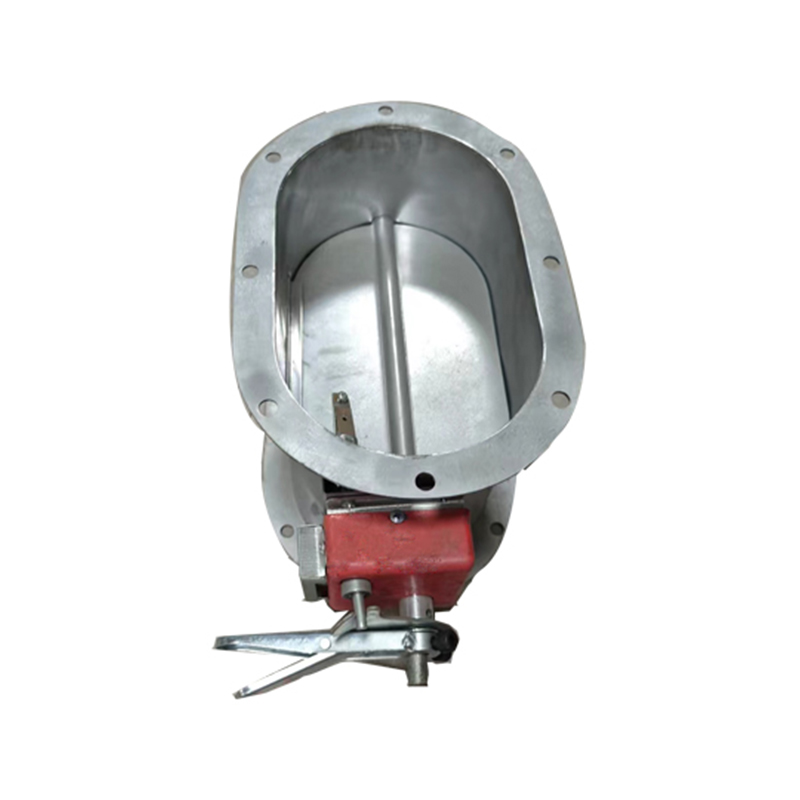What details should be paid attention to during the installation of spiral duct to ensure its stability and safety?
Release Time : 2025-03-27
During the installation process of spiral duct, its stability and safety are crucial, which is not only related to the normal operation of the system, but also directly affects the subsequent use effect and safety. In order to ensure the stability and safety of spiral duct, the following key details should be paid attention to during the installation process.
First of all, the preparation work before installation cannot be ignored. Before installing the spiral duct, its material, specifications, quantity, etc. should be carefully checked to ensure that it is consistent with the design drawings. At the same time, the installation site should be cleaned to ensure that there is no debris and no water accumulation, providing a good environment for installation work. In addition, the required installation tools and equipment, such as lifting equipment, sealing materials, etc., should be prepared to ensure the smooth progress of the installation process.
During the installation process, the setting of the support and hanger of the air duct is the key to ensure stability. The support and hanger should be reasonably arranged according to the size, weight and installation position of the air duct to ensure that it can withstand the weight of the air duct and the dynamic load generated during operation. The installation of the support and hanger should be firm and reliable to avoid looseness or deformation during subsequent use. At the same time, the height and spacing of the supports and hangers should also be reasonably adjusted according to the design requirements to maintain the horizontality and verticality of the air duct.
The connection and fixation of the air duct are equally important. During the installation process, ensure that the connection of the air duct is well sealed to avoid air leakage or gas leakage. For flange-connected air ducts, qualified sealing gaskets should be used and tightened strictly in accordance with the specifications. For air ducts connected with clamps, ensure that the tightening force of the clamps is moderate to avoid problems caused by overtightening or over-loosening. At the same time, the fixation of the air duct should be firm and reliable to avoid shaking or displacement during operation, which will affect the stability and safety of the system.
During the installation process, attention should also be paid to the direction and layout of the air duct. The direction of the air duct should be kept as straight as possible, with fewer elbows and branches to reduce air flow resistance and improve ventilation efficiency. For elbows and branches that must be set, their angles and radii should be reasonably designed to avoid excessive air flow resistance. At the same time, the layout of the air duct should take into account subsequent maintenance and maintenance work, and reserve sufficient operating space to facilitate cleaning, inspection and repair of the air duct in the future.
After the installation is completed, a series of inspections and tests are required. The connections, supports and hangers, and sealing of the air ducts should be carefully inspected to ensure that they meet the design requirements. At the same time, air leakage tests and pressure tests of the air ducts are required to verify their sealing and pressure bearing capacity. For any problems found, rectification and repair should be carried out in a timely manner to ensure the stability and safety of the system.
In summary, during the installation of spiral duct, attention should be paid to the setting of supports and hangers, the connection and fixation of air ducts, the direction and layout of air ducts, and the inspection and testing after installation. Only by ensuring that these details are in place and meet the specifications can the stability and safety of the spiral duct be ensured, providing strong guarantees for subsequent use and maintenance.
First of all, the preparation work before installation cannot be ignored. Before installing the spiral duct, its material, specifications, quantity, etc. should be carefully checked to ensure that it is consistent with the design drawings. At the same time, the installation site should be cleaned to ensure that there is no debris and no water accumulation, providing a good environment for installation work. In addition, the required installation tools and equipment, such as lifting equipment, sealing materials, etc., should be prepared to ensure the smooth progress of the installation process.
During the installation process, the setting of the support and hanger of the air duct is the key to ensure stability. The support and hanger should be reasonably arranged according to the size, weight and installation position of the air duct to ensure that it can withstand the weight of the air duct and the dynamic load generated during operation. The installation of the support and hanger should be firm and reliable to avoid looseness or deformation during subsequent use. At the same time, the height and spacing of the supports and hangers should also be reasonably adjusted according to the design requirements to maintain the horizontality and verticality of the air duct.
The connection and fixation of the air duct are equally important. During the installation process, ensure that the connection of the air duct is well sealed to avoid air leakage or gas leakage. For flange-connected air ducts, qualified sealing gaskets should be used and tightened strictly in accordance with the specifications. For air ducts connected with clamps, ensure that the tightening force of the clamps is moderate to avoid problems caused by overtightening or over-loosening. At the same time, the fixation of the air duct should be firm and reliable to avoid shaking or displacement during operation, which will affect the stability and safety of the system.
During the installation process, attention should also be paid to the direction and layout of the air duct. The direction of the air duct should be kept as straight as possible, with fewer elbows and branches to reduce air flow resistance and improve ventilation efficiency. For elbows and branches that must be set, their angles and radii should be reasonably designed to avoid excessive air flow resistance. At the same time, the layout of the air duct should take into account subsequent maintenance and maintenance work, and reserve sufficient operating space to facilitate cleaning, inspection and repair of the air duct in the future.
After the installation is completed, a series of inspections and tests are required. The connections, supports and hangers, and sealing of the air ducts should be carefully inspected to ensure that they meet the design requirements. At the same time, air leakage tests and pressure tests of the air ducts are required to verify their sealing and pressure bearing capacity. For any problems found, rectification and repair should be carried out in a timely manner to ensure the stability and safety of the system.
In summary, during the installation of spiral duct, attention should be paid to the setting of supports and hangers, the connection and fixation of air ducts, the direction and layout of air ducts, and the inspection and testing after installation. Only by ensuring that these details are in place and meet the specifications can the stability and safety of the spiral duct be ensured, providing strong guarantees for subsequent use and maintenance.







